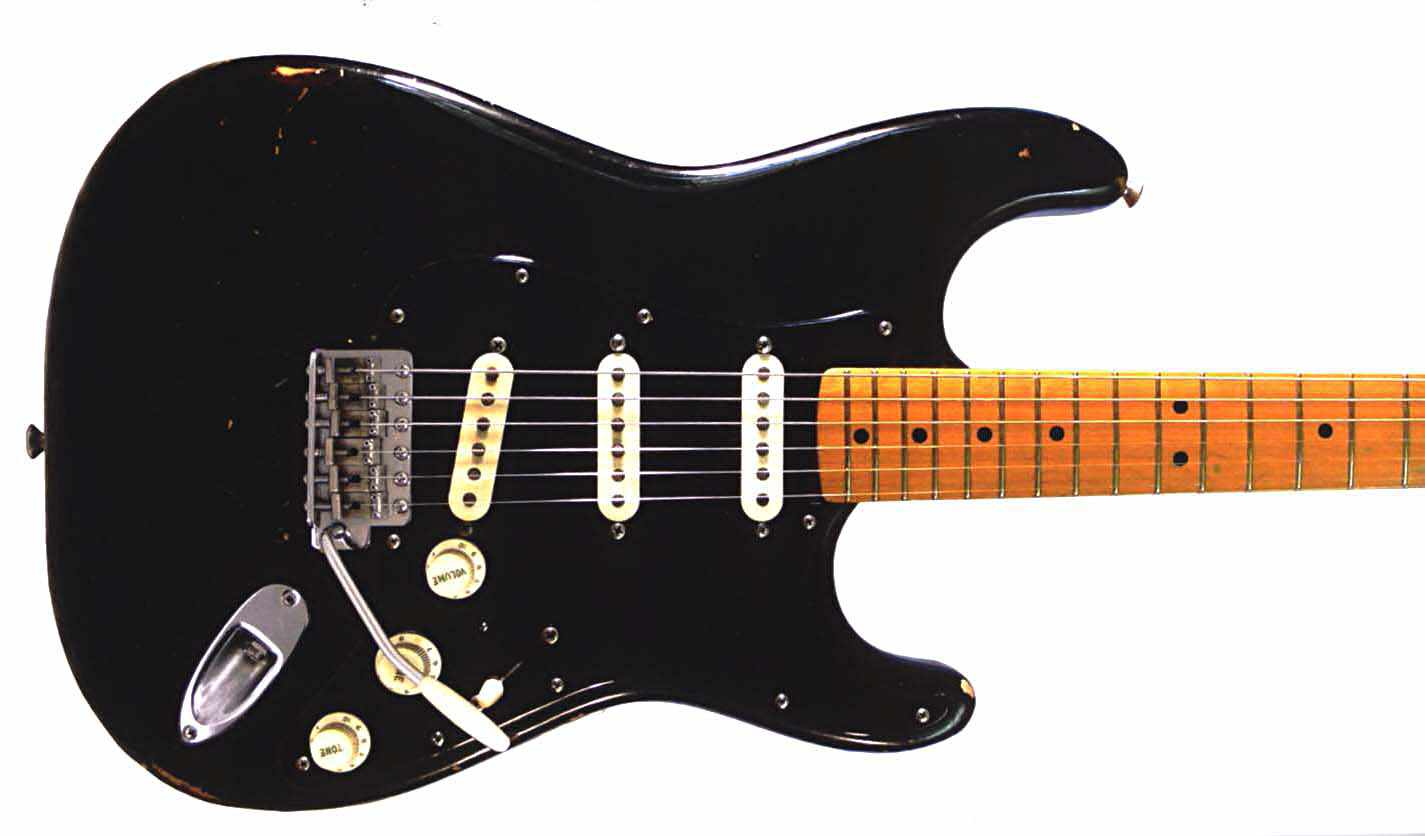Another “difference between” Linux question: What ist the actual difference between them?
How fast/stable are releases, compared to each other and in comparison to upstream Arch?
I think I dont get the difference because in my understanding Arch is a rolling release and with both alternatives you want to stay as close to there releases as possible, but dont break you system frequently, right?
So whats the main differences?
Endeavour is basically Arch with a more user friendly installer, a very small number of their own packages, and a coat of paint.
Manjaro is similar, except Manjaro runs their own repositories and delays packages for testing. This can lead to a whole bunch of issues when combined with the AUR. The team leading it has also been shown to be a little inept at times. I wouldn’t personally recommend it.
Pretty spot on. I run EOS, mostly because when I decided to get off Windows two years ago I tried it out and it hasn’t broken yet (at least not to the point I couldn’t fix it). My biggest draw was ease of installation, as I didn’t really have the time nor desire to go through a full Arch install. The mechanics of the OS, package management (both pacman and AUR), are identical (EOS does use dracut by default instead of mkinitcpio for image generation, that threw me for a loop when I had to fix it a while back as I’d never used it before). Any questions are easily answered using the Arch documentation. I’ve had to fix my install twice in the last few years, the most recent being systemd-boot deciding to be an asshole after an update, but I’ve been very happy with it.
FYI: If you aren’t aware, Arch has a CLI installer now that is very easy to use, should you ever want to give it a try (archinstall)
Interesting, is that included on the live image or is it something I need to grab when the image first boots?
It’s included
I’ve been using EOS for about a year and a half, and for the year and a half I used Manjaro, and this is spot on. EOS is just a better experience, plus they’ve got much cooler default backgrounds!
I was fine with the wallpapers until the AI rocket
I think Myersguy nails it. One addition: Manjaro comes packaged with a gui software installer/updater, endeavoros does not. Endeavoros pushes you to use pacman and yay.
I’ve used both. I was happy with manjaro for a long time, until I wasn’t. Manjaro fools you into thinking updating is like mint - click a button, poof done. And that’s just not what you do on an arch system. Eventually one of those updates tanks things and you don’t know how to fix it. Endeavor does a better job at teaching you - for example showing you the arch wiki news prior to update, automatically installing pacdiff and meld, giving you tools to handle the cache and old files, etc. All of this is accomplished on the welcome screen with buttons that fire off terminal commands - so it’s not sexy, but helps.
Manjaro is “Arch derived” but is not Arch. Manjaro maintains its own package repos. And one of the big differences is that the packages in Manjaro are held back a few weeks before release. This difference in base repositories can matter if you try to use the AUR.
In many ways, EOS is not even a distro. It uses the Arch repos unmodified. It uses the Arch kernel unmodified. You could say that EOS is an opinionated Arch installer with pragmatic defaults. EOS has its own repos but there are only handful of packages in them, most of which are optional utilities or theming. Once installed, EOS is essentially Arch. As such, it is 100% compatible with the AUR. Two of the packages in the EOS repos are yay and paru which means the AUR works out of the box (unlike Arch itself).
You may think I am being unfair to EOS. It is my favourite distro. Manjaro is the only distro I warn people not to use.
Ironically Manjaro holds packages back for stability makes it unstable.
There is no need for Manjaro where Endeavour exists.
I tried both Manjaro and Endeavour early in my distro hoping days. Endeavor, like others have said, is basically Arch with a good installer and some good defaults, but it is still Arch, which requires you to pay more attention and get more involved in your OS.
Manjaro was kind of an “easier Arch” for me until they pushed an update and black-screened every one of my computers. Twice.
After that, I was done, which is a shame because I rather liked it.
Yeah the problem I had with Manjaro was that in trying to protect me from breaking it, it also made it difficult for me to fix it when it broke by itself. I much prefer regular Arch where you can just get in and pull all the important wires out lol.
My understanding is that both are more or less just arch, except that Manjaro holds back update on some packages and breaks stuff.
Manjaro is just a bad distro. For all the reasons stated in other comments. Nobody should be using it.
Manjaro was my first distro. I used a number of AUR packages and ran into excessive dependency issues due to Manjaro’s packages being held back and often a version or two behind. This eventually led me to switch to vanilla arch. Unless one plans on not using any AUR packages at all, I do not recommend it.
Manjaro also uses the pamac gui package manager, which has a bit of a history of “DDoS”-ing the AUR with excessive requests. Apparently, the search field in pamac would begin querying the AUR after every letter typed to try and populate autocomplete results, hammering it with requests. Pamac also does not distinguish between package repos, so even just having AUR enabled and searching for a regular repo package would send requests to the AUR. Apparently it got so bad that it took down the AUR and they started returning 403 to requests from pamac users. In fact, this happened a second time and got them blocked again. This got the Manjaro devs in bad graces with a number of Linux folks as it was not a bug, but a poor design choice.
“Poor design choice” that comes across at first as a nice feature to end-users is the underlying philosophy in Manjaro.
This is why you have so many fans saying that it is great and that the detractors are wrong. It is also why it has so many passionate detractors.
EndeavorOS -> good
Manjaro -> Bad
EndeavorOS is arch with an easy installer and some default apps.
Manjaro is a worse, split repo that doesn’t work at all together with the architecture they are building around. They actively encourage use of AUR packages whilst their own repo packages are sometimes out of date and create issues with AUR packages since they don’t delay updates from there.
There are also tonnes of other issues with Manjaro, overall, don’t use it.
I see lots of sidekicks against Manjaro, it’s a thing apparently :D I am using manjaro on a framework 16 for about a year now and it never broke anything, just works wonderful for me, although I dont have any fancy requirements other than a working Linux.
But i would be interested in the critics about the team and their “bad” decisions, as stated in some comments. What were the problems?
There’s several blogposts on the issue. If you don’t mind I’ll link some
https://www.hadet.dev/Manjaro-Bad/
https://github.com/arindas/manjarno
The grand deal is that you probably won’t notice much issues unless you tinker a lot, but claiming to be more stable than arch while not doing much to be as such and then actually being more unstable ends up with a passionate hate crowd.
You can check here for an easy answer. :)
I ran more than a few Manjaro installations for myself and family, and still do. Despite what others say, I’ve had very, very little problems with it and maintenance has been low, users just run Octopi every once in a while and it just works.
I’ve since moved my own systems to Fedora because I just find it more useful for development, but I would still use it over vanilla Arch, which I ran for almost a decade before Manjaro. Can’t really speak to Endeavor, but as far as I know it’s basically bleeding edge Arch with the ups and downs that implies.
And whatever the stupid shit the Manjaro team has perpetrated over the years, they’ve still built a solid distro.
Manjaro is like a nice car with a canister of TNT attached to it. At first, all you experience is the nice car. If you really like the car, it is easily to feel smarter than the guy who warned you not to drive it. As time goes on, the chances that the TNT explodes goes up. However, it is always possible that your roads are smooth enough that it never blows up for you. Regardless, if you know about the design flaw, recommending such a car to others is really, really bad advice.
Using the AUR with Manjaro is like driving the car above on a gravel road. It does not guarantee that the TNT will go off, but it makes it much more likely.
I hope Manjaro continues to work well for you. Truly.
Also, please do not encourage others to use it.
Well, I’ve probably get 25 computer-years of it running fine, so how about you recommend what works for you and continue shitting on the hard work of others, and I’ll recommend what I damn well please.
Absolutely solid retort that totally addresses what I said on the merits. Also, way to nail the tone. Both hallmarks in debate from people that know they are right.
For anybody reading from the sidelines, most of the “TNT” in my analogy comes from the fact that the Manjaro repos are incompatible with the AUR.
Read both comments and decide for yourself what advice to take. I have offered my warning but do not wish to battle about it.
I used Arch for a decade before Manjaro, and I was under no misapprehension that the AUR was anything except a collection of community package builds of wildly disparate maintenance levels, with some very popular packages waiting weeks or months for updates.
If anything, the AUR got more stable in my experience when I moved to Manjaro. If you’re thinking there is any quality control and/or support keeping anything in there consistent, then you’re a bloody fool.
Others have stated how they’re different already. To an end user the difference is that EndeavourOS is incredibly good, whereas Manjaro is a bit pants.








